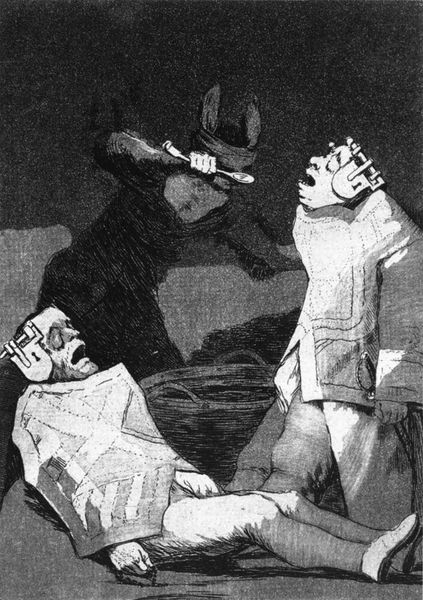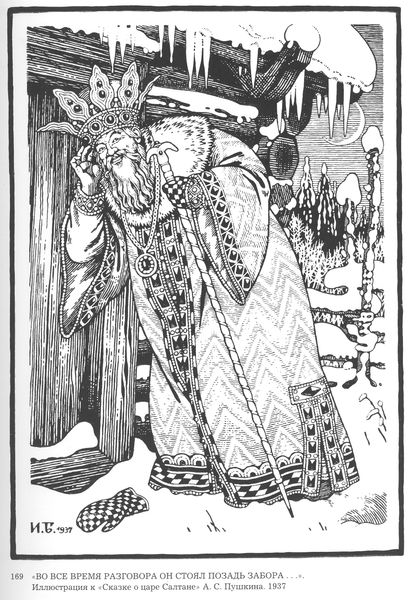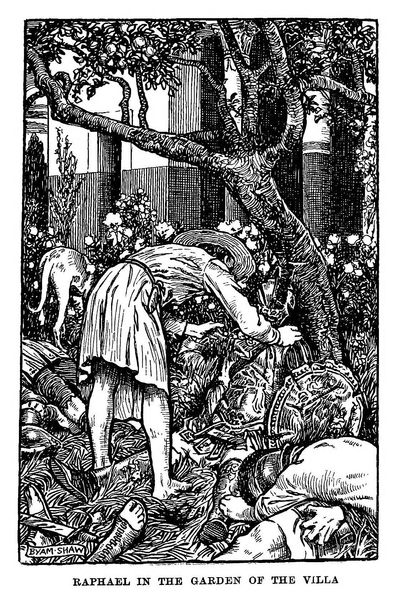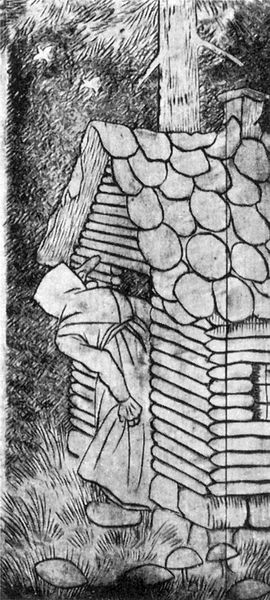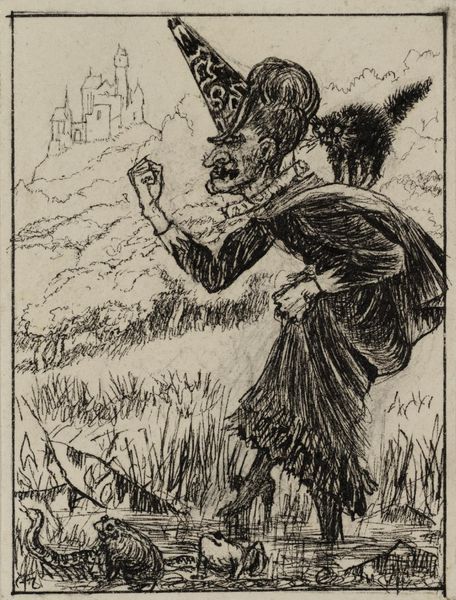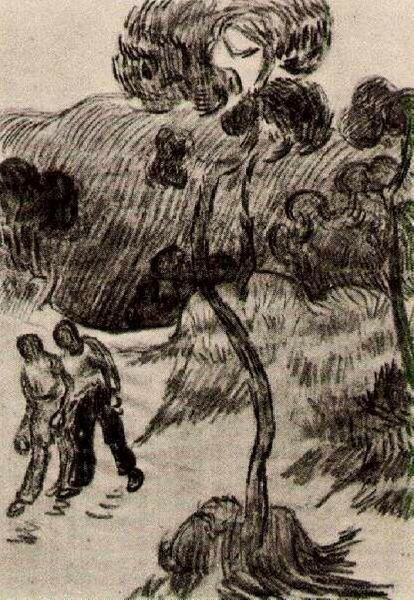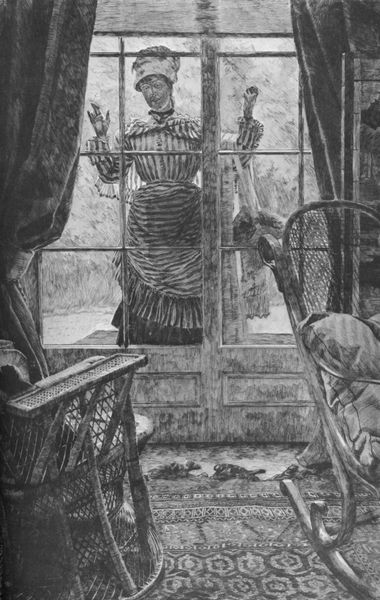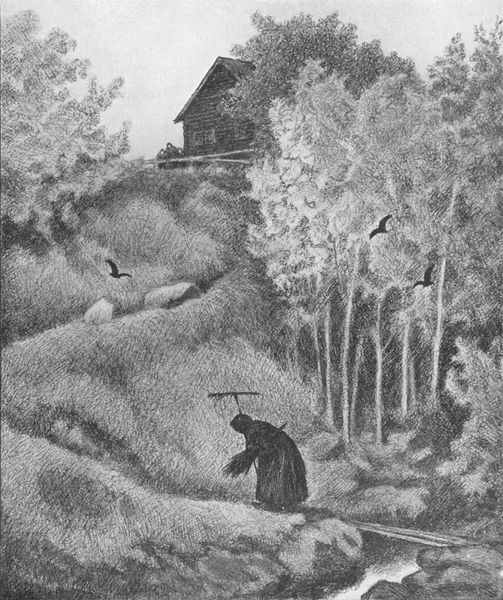
drawing, etching, plein-air, ink
#
portrait
#
drawing
#
impressionism
#
etching
#
plein-air
#
landscape
#
charcoal drawing
#
ink
#
black and white
#
symbolism
#
portrait drawing
#
genre-painting
Dimensions: 18.4 x 27.8 cm
Copyright: Public domain
Curator: James Tissot's etching, "The Hammock," created in 1880, offers a glimpse into leisure culture through skilled use of ink and etching techniques. What strikes you about it? Editor: It has a wonderfully still, almost dreamy quality. The monochrome adds to the sense of quiet contemplation and yet, somehow, there’s something about her pose that makes me wonder who is afforded this privilege, this calm. Curator: Exactly, it is about carefully crafted leisure. Tissot catered to a market eager for representations of modern life. We see the rise of the middle class and a visual demonstration of their leisure time. This is achieved through clothing and setting. The fashionable dress, the curated nature, the umbrella suggesting the sitter must avoid the sun's "damaging rays." This art promotes ideals through imagery. Editor: It speaks volumes about the gendered division of leisure and labor, doesn't it? A woman, presumed upper class, relaxing with a book. Her entire pose whispers of restriction, of expectations placed upon her, even in supposed freedom. The symbolism resonates powerfully if we reflect on whose labor made such repose possible. The parasol isn’t simply an elegant item; it’s a statement. Curator: Very insightful! The setting also played a major role. Impressionism focused on naturalistic elements which meant creating scenes outside of the formal studio. Note, that plein-air practices highlight social class even further because someone had the resources and money to purchase all of the equipment needed. So art itself had become a class marker. Editor: Absolutely. Even the black-and-white medium adds to that feeling. Stripping away the vibrant colors serves, perhaps inadvertently, to focus our attention on the stark realities underneath the superficial tranquility. It also serves to heighten the tension that one is missing by "relaxing." Curator: Considering "The Hammock," we’ve seen how this piece reflects both the embrace and critique of the era. Its stillness belies the bustling socio-political undercurrents it subtly channels. Editor: Yes, it offers us an evocative portal into that intersection of power, representation, and individual experience—something we continue grappling with today.
Comments
No comments
Be the first to comment and join the conversation on the ultimate creative platform.



